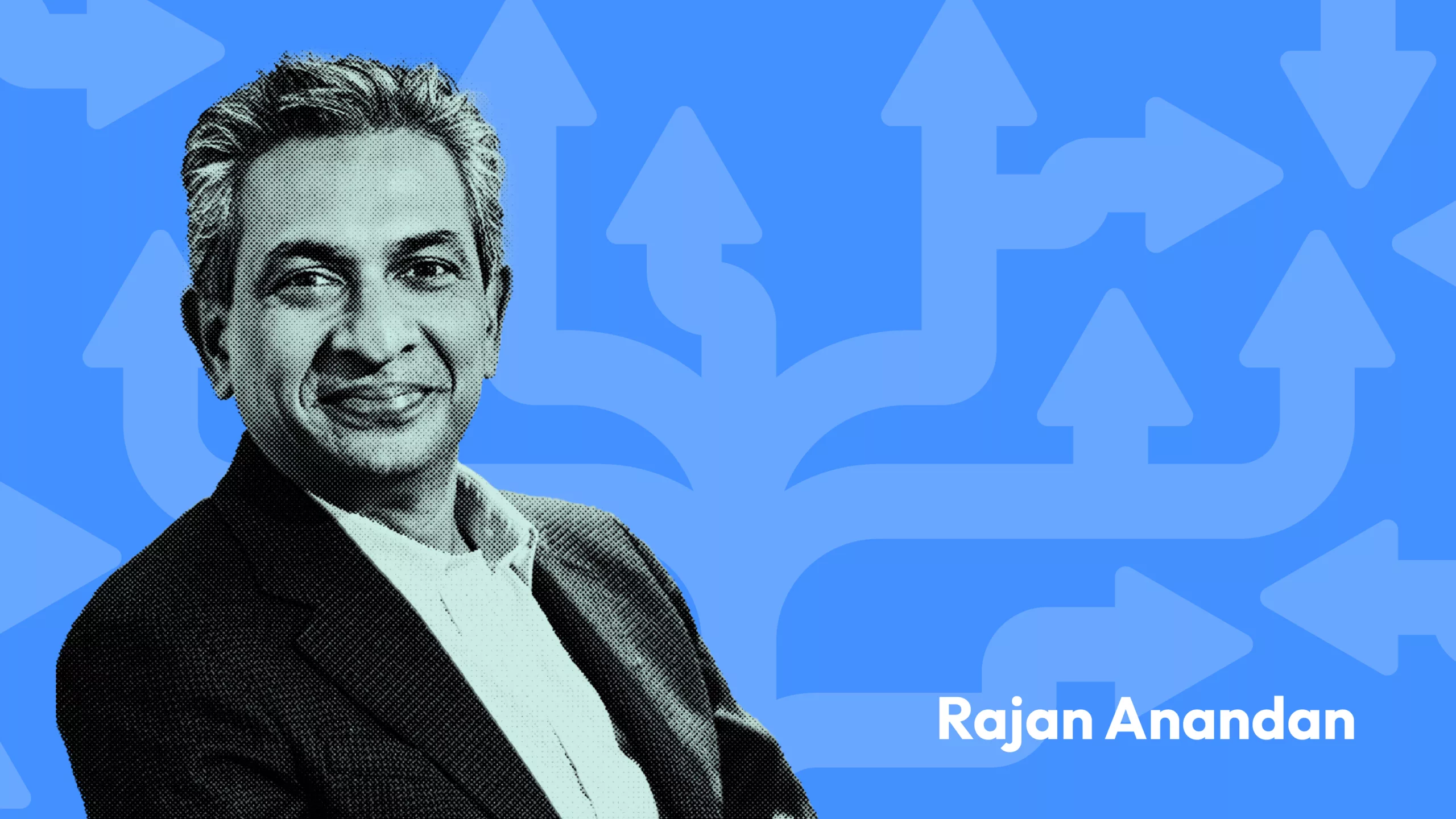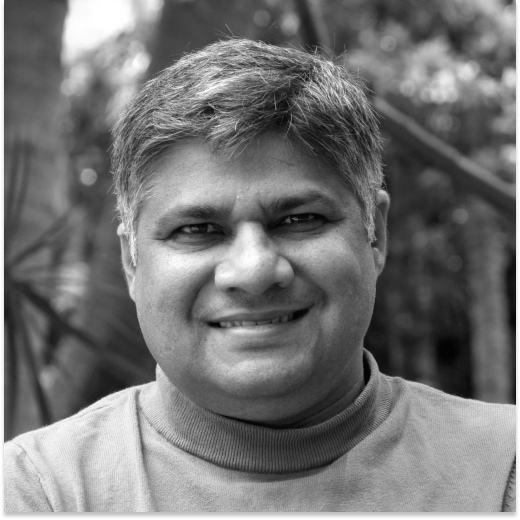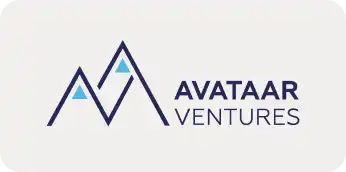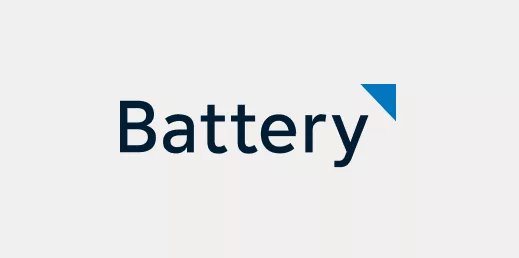He walked up to us, glowering. We had messed up, and I felt we had lost our opportunity with Rajan Anandan.
It was 2007, and Rajan was at Microsoft. I was a young man, wet behind the ears at Nasscom, and we had organised an event at a hotel in Chanakyapuri. Our operation wasn’t up to his exacting standard, and he told us exactly what he thought of our effort.
He and I bumped into each other several times over the years, and he was civil but distant. It all changed when Rajan joined Google.
One summer morning in 2011, I was called into my senior’s office. “Rajan wants to meet you,” he said. An industry stalwart had explicitly asked for me, so I had to see him. At that meeting, my relationship with Rajan truly began. We spent an hour throwing ideas at the board. And that’s when he came up with the one that would define our relationship and how the industry perceived startups.
At the time, India had two unicorns, MakeMyTrip and InMobi. The concept of high-growth companies powered by risk capital in India was still novel. But Rajan could see the future. “We’re going to have 10,000 such companies,” he told me.
It was a mantra I chanted back to myself: There will be 10,000 of such companies. I spoke to my manager and repeated Rajan’s vision. A few weeks later, Rajan was pitching this idea to the Nasscom leadership, and this was born the 10,000 Startups program (which exists to this day,) and Rajan was made the chairperson.
At the time, I knew my time at Nasscom was running out, but while the grains of sand ebbed out from the hourglass, I saw Rajan use quant to structure this programme. His imagination involved founders, industry leaders, the government, Google, incubators, and accelerators. You name it, and they were part of the community. His imagination and desire to help India step into the spotlight on the global stage are, at least for me, one of the key reasons why the Indian startup ecosystem is where it is today. This is not to dilute the hard work of founders (Sachin and Binny Bansal were scaling Flipkart together during the time), but all the effort needed a champion, and Rajan, while at Google, had that platform and used it. Many people have a platform to effect real change, few are aware of it, and a handful use it. Rajan was self-aware and humble enough to let founders take centre stage.
As life would have it, we lost touch. For a decade, to be precise. But during that time, I would meet founders who would rave to me about Rajan. “You always hear back from Rajan within four hours, be it by text or email.” For a man who has invested in over 100 startups and has held important and high-profile positions at large companies, this commitment to the founder is admirable.
When I moved to take on SaaSBoomi, Rajan was a quiet shadow in my mind. I hesitated to approach him, wondering if our connection, which we established a decade ago, may have been severed. But I was proven wrong. Thankfully.
In 2025, at a coffee shop in the suburbs of Palo Alto, I bumped into Rajan as he was leaving. He asked what I was doing, and within five minutes of listening to me, he:
- Volunteered to contribute to SaaSBoomi.
- Acquiesced to attending the SaaSBoomi Annual.
I want to clarify. I didn’t ask him for either. Those who know me know how much of an unwilling salesman I am. It was Ranjan’s largesse and enthusiasm that led him down that path.
As expected, his address at the Annual received thunderous applause. After the event, he called me to the office and said, “Building for a larger market — the US — makes sense. But the true value is in India. We have a long way to go.”
Words to live by!
























